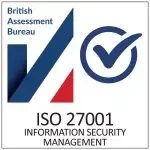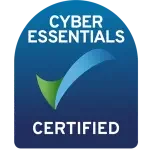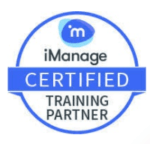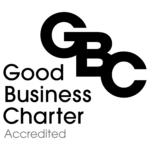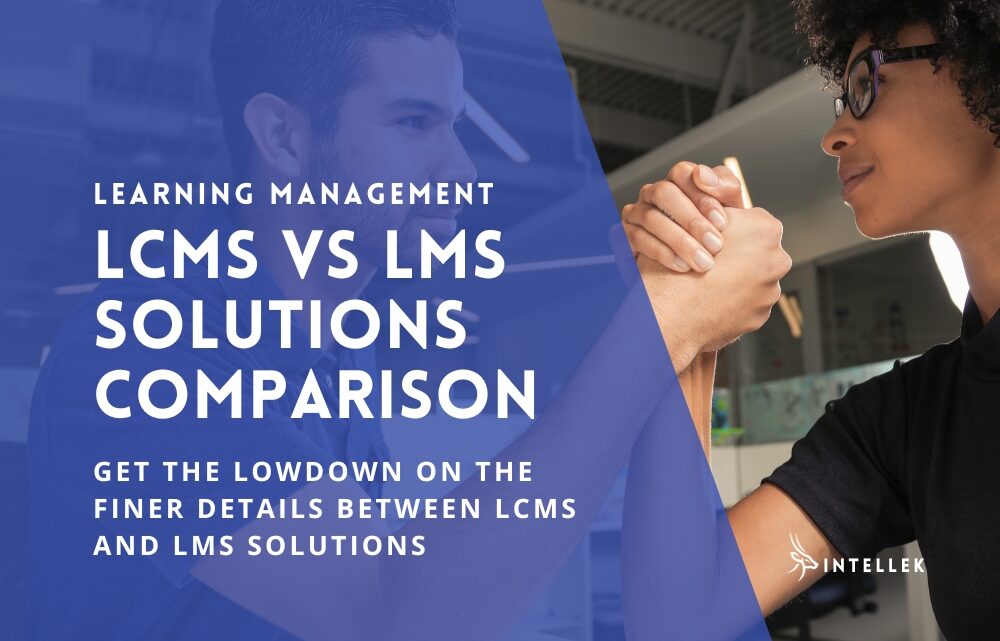
Do you know the finer details of LCMS vs LMS solutions? As a learning and development leader, you know firsthand the immense effort required to create effective educational content for employees. From instructor-led training materials to online courses and videos, developing assets that spark engagement and comprehension is a massive investment.
However, many organizations then struggle to fully use the training content they produce. Without structured governance – rich media, documents, and eLearning end up scattered across disconnected systems.
This spread of undiscoverable, disorganized content for workplace learning and development severely impacts your team’s agility and productivity. Not to mention the nightmare of trying to track the usage and effectiveness of learning materials across siloed platforms.
Our guide on LCMS vs LMS solutions examines the key technical differences between LCMS and LMS solutions. It will provide indispensable perspectives for learning teams ready to move learning management beyond makeshift systems to deliberately control content lifecycles and access.
With such sizeable decisions riding on these distinctions, you can’t afford technology that promises more than it can deliver.
IN THIS ARTICLE...
LCMS vs LMS: What’s the Difference?
You likely recognize the urgent need for solutions that simplify aggregating, governing, reusing, and tracking learning content. But should you focus your spending on a dedicated Learning Management System (LMS) or an all-in-one Learning Content Management System (LCMS)?
Learning Management Systems (LMS) shine at administrative tasks like managing learner enrollments, skills gap analysis, recording training transcripts, and generating reports. LMS platforms track and manage learners consuming that content through self-registration, assignments, assessments, and records of participation.
Learning Content Management Systems (LCMS) excel at creating, reusing, managing, and publishing learning content assets like videos, documents, and eLearning courses. The best LCMS solutions take an LMS and add a focus on empowering course developers with a content authoring tool, content libraries, and content delivery workflows.
When does an LMS become an LCMS?
An LMS becomes an LCMS when it goes beyond just tracking students and their coursework. An LCMS-enabled system also gives course creators better tools to develop content.
A basic learning management system focuses on administrative tasks like enrolling learners, assigning courses, and recording training records. This works fine for tracking what content learners consume. But it gives little help for teams to create learning experiences. This is where a learning content management system comes in.
An LCMS provides special tools to develop materials like documents, videos, online lessons, and quizzes. It lets creators build rich interactive content without advanced technical skills. An LCMS also makes it easy to store assets in organized libraries, tag items with keywords so people can search for them later, and set up automated multi-step reviews before publishing.
So when does an LMS become an LCMS? It happens when an LMS goes beyond just its standard features of managing students and their transcripts. Integrating LCMS capabilities for course builders right into the platform bridges the gap. Teams get assistance to produce polished content. Learners get top-notch material to drive development. This combination gives organizations the best of both worlds in a seamless unified solution.
This means easy ways to:
- Create materials like videos, quizzes, documents
- Save and find content in organized libraries
- Tag items with keywords so people can search for them
- Automate multi-step reviews and approvals before publishing
- Reuse elements in new courses later
Without creator features, an LMS focuses only on assigning courses and recording what learners complete. Adding authoring, content libraries, metadata tagging and workflows lets an LMS empower developers more. This bridges the gap between a basic LMS and a full-featured LCMS for organizations needing both.
Advanced LCMS vs LMS Features
These LCMS upgrades let L&D content teams move further ahead. Features like making lessons interactive, organizing content, adding special tags, and publishing smoothly now happen inside one system.
By augmenting an administrative LMS with these native course creator-focused tools, the system delivers a fully integrated environment to own learning content from ideation to revision to dissemination and reuse. This elevates an LMS to provide the capabilities expected of a higher-end LCMS solution.
Read on to see key areas where advanced systems empower instructional designers as well as training administrators:
Authoring Tools – Enabling teams to create rich, interactive content with assessment building, video captioning, and simulation recording directly inside the platform instead of bolt-on third-party software.
Content Libraries – Providing centralized asset repositories to store, categorize, and federate learning objects like documents, audio, and presentations across internal teams and external sources.
Metadata & Tagging – Making assets easily discoverable with features to attach descriptive data schemes, taxonomies, and keywords to any content component.
Content Workflows – Automating multi-step review, approval, and publishing sequences to streamline moving raw authored assets into polished deliverable learning experiences.
Buyer’s Guide: Factors for LCMS vs LMS Decisions
When picking a learning platform, look closely at how many students you have and where, what content you already make and share, and how much budget you can spend. Make sure the systems work with single sign-on and your other IT tools.
Most importantly, be very clear on what skills your organization needs to gain. Use these real learning goals to decide if a tool can help enough to be worth the cost. Having sharper goals keeps you from overpaying for too many features you won’t end up using.
How to Choose the Right Learning System
When choosing the right LMS or LCMS for your learning systems, keep these key things in mind:
- Learner Usage – Look at how many students you have, where they are, and how they’ll use training. This helps set needs for system capacity and mobile features.
- Existing Materials & Tools – Figure out what learning content and authoring tools you already have. Choose systems that can bring all those together.
- IT Fit – See if systems work with single sign-on, HR records, virtual classrooms, content databases, and other tech you use. Pick ones with easy integrations.
- L&D Budget – Be realistic about costs. Focus your spending on must-have basics over nice-to-have extras. Think through what will give you the most value.
- Training Goals – Know what competencies, efficiencies, and mobility your organization needs to develop. Use this to guide requirements instead of overbuying capabilities.
Intellek has a free LMS buying toolkit to help you assess learning management system fit. It aligns questions to your organization’s maturity, strengths, and targets across these key decision factors.
See our LCMS & LMS Solutions in Action
With the right awareness and vendor partnerships, you can transform today’s haphazard reams of learning materials into a truly optimized, self-improving engine for organizational success.
LCMS vs LMS solutions summary: An LCMS empowers course creators. An LMS handles administrative tasks. Using both in a combined system gives the best outcomes.
Intellek offers integrated solutions so content flows smoothly from authoring to assignment and impact analysis. See for yourself how our tools work, book a free custom demo today.
Our experts will:
- Analyze your specific business needs
- Show you our platforms in action
- Discuss the best fits for your goals and budget
You’ll get to explore a course builder workspace, content libraries, compliance features, learner administration, and reporting tools firsthand. Don’t decide blindly – get hands-on with your options. See if our solutions align with your hopes via a tailored, complimentary session.
Intellek (formerly TutorPro) is a founding member of the learning technology industry. With a presence in the USA, UK, Canada, and the EU – for over 30 years we have pioneered the development of cutting-edge eLearning software and online training solutions, with a large and diverse portfolio of international clientele.
Disclaimer: We use all the tools available including generative AI to create relevant and engaging content.
